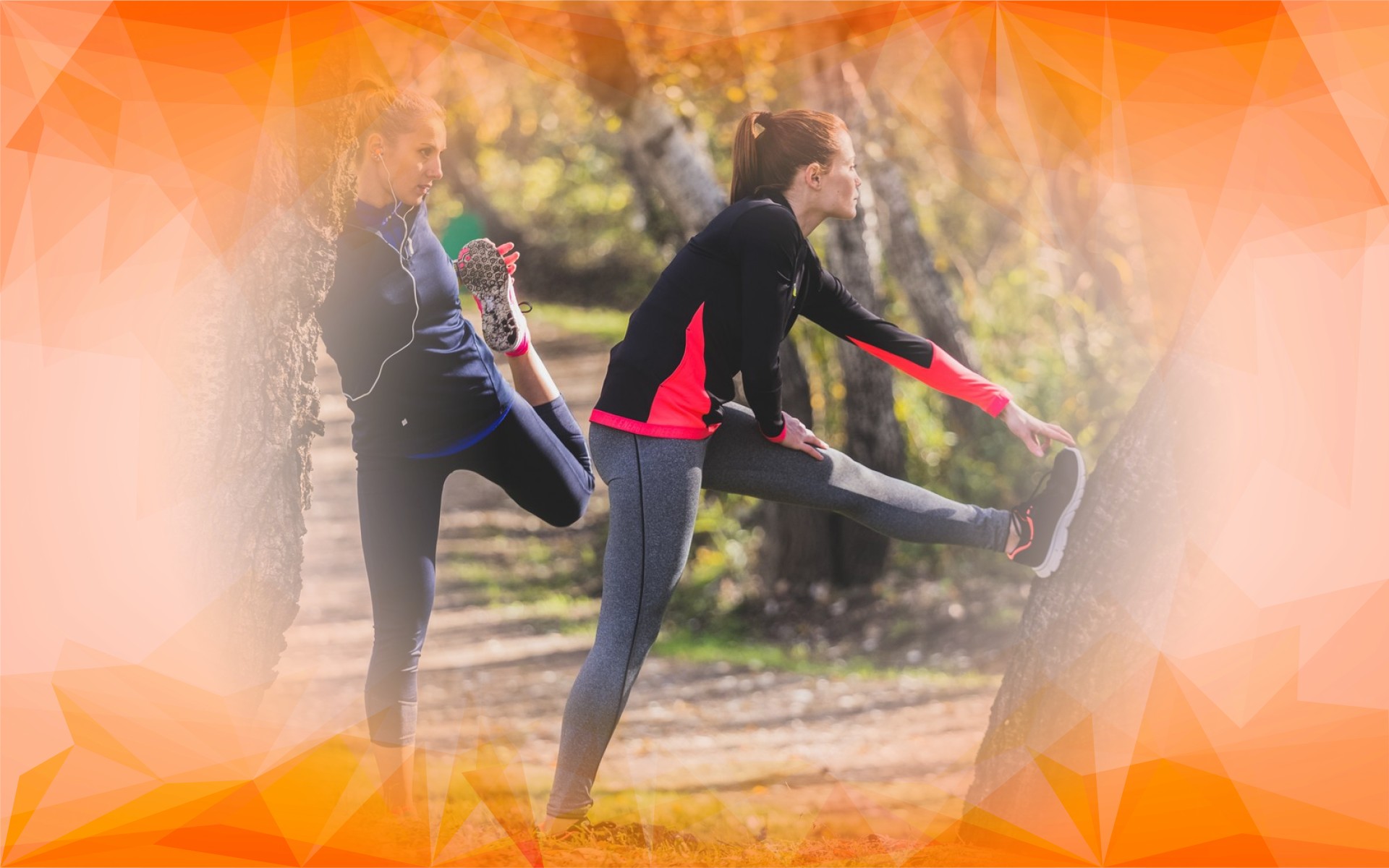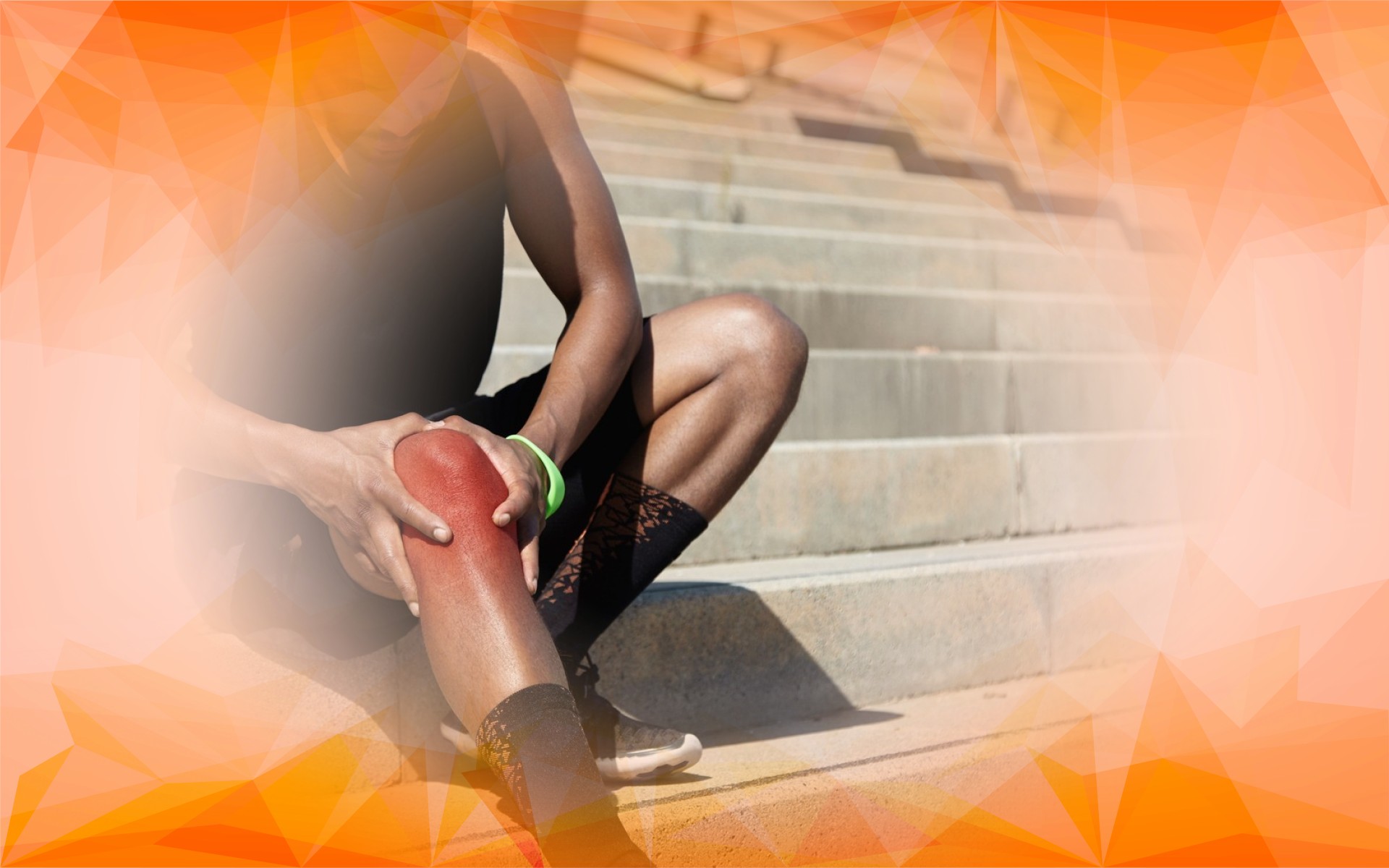Introduction
Knee osteoarthritis (OA) is a widespread and often painful condition affecting millions across the UK. It can make everyday activities—like walking, climbing stairs, or even getting up from a chair—challenging due to stiffness, discomfort, and reduced mobility . Recently, polyacrylamide hydrogel (PAAG) injections have gained attention as a treatment that may provide longer-lasting relief. In this article, we’ll explore how combining PAAG injections with physiotherapy and weight management can maximise your recovery and help you achieve lasting improvements.
Understanding Knee Osteoarthritis and Its Challenges
Knee osteoarthritis occurs when the smooth cartilage that cushions your knee joint gradually wears away. This loss of cartilage leads to pain, swelling, and limited movement, which can make simple tasks much more difficult. Traditional treatments , such as pain relief medication or steroid injections, often provide only temporary relief and do not prevent the joint from deteriorating further.
It’s also important to note that these treatments can be less effective depending on individual factors, such as the severity of your OA or your body weight. This underlines the necessity of a tailored approach rather than a one-size- fits -all solution.
How PAAG Injections Support Knee Function
PAAG injections involve introducing a soft, gel-like substance— polyacrylamide hydrogel —directly into the knee joint. This gel acts as a cushion and lubricant, helping the joint move more smoothly and reducing the impact on damaged cartilage .
Research shows that PAAG can significantly improve symptoms for people with knee OA , often providing relief that lasts up to two years—much longer than many conventional treatments. By giving mechanical support inside the joint, PAAG can help you move more comfortably and with less pain.
Why Physiotherapy Is Essential After PAAG Treatment
While PAAG injections provide valuable cushioning, physiotherapy plays a crucial role in strengthening the muscles around your knee . Stronger muscles help stabilise the joint, support improved movement, and relieve some of the pressure on damaged areas.
Physiotherapy focuses on exercises that enhance strength, balance, and flexibility. It also ensures you follow the correct steps after your injection for an optimal recovery. Together, PAAG and physiotherapy form a powerful combination to reduce pain and restore your ability to move confidently.
The Vital Importance of Weight Management
Excess weight puts additional stress on knee joints , accelerating cartilage wear and worsening OA symptoms. Managing your weight through healthy eating and regular exercise can decrease this pressure, helping the joint stay healthier for longer.
Research highlights that people with milder OA and those maintaining a healthy body weight tend to experience better outcomes with PAAG treatments. By prioritising weight management as part of your recovery plan, you directly address a major factor that can improve your results.
Bringing It All Together for Long-Term Relief
Knee osteoarthritis is a complex condition that benefits most from a comprehensive approach. By combining PAAG injections , physiotherapy, and weight management, you create a well-rounded strategy that can deliver lasting pain relief , better joint function, and potentially delay the need for knee replacement surgery.
If you or someone you love is struggling with knee pain , talk to your healthcare provider about this combined approach. With the right strategy, you can maximise your recovery and regain a better quality of life.
References
Gao, H. C. K., Akhtar, M., Creedon, C., Nar, Ö. O., Verma, T., & Lee, P. Y. F. (2025). Polyacrylamide hydrogel injections in knee osteoarthritis: A PROMs-based 24 month cohort study. Journal of Orthopaedics and Traumatology. https://doi.org/10.1016/j.jcot.2025.103136




